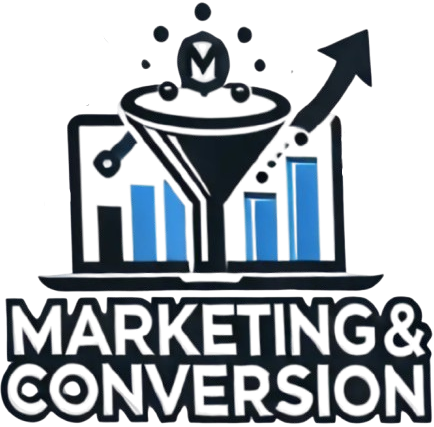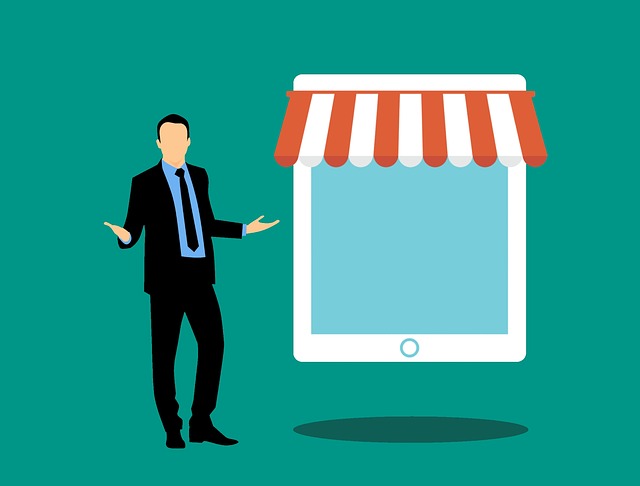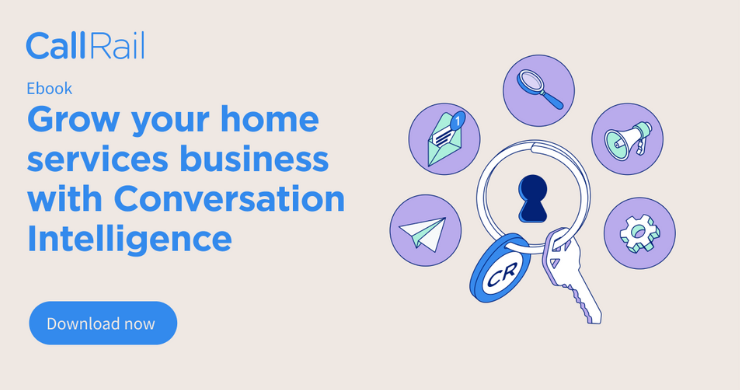
If nobody is visiting your online store, it is impossible to generate sales. The issue lies in entrepreneurs mistakenly considering all website visitors as beneficial. In truth, directing low-quality traffic, individuals uninterested in your products, negatively affects conversion rates.
This guide shares smart strategies on how to attract customers to your online store – those who will actually make a purchase. The key is to have a greater overlap between your products and the interests of visitors, as it increases your chances of making a sale.
Top ways to attract customers to your online store
1. Optimize your social media bios
Most social media platforms discourage brands from diverting people off the platform, although social media remains a powerful tool for directing traffic to online stores.
For instance, Instagram limits the number of links you can have in your profile bio to only one. This restriction prevents redirecting people to a particular page on your ecommerce website, thereby making it challenging to carry out social campaigns aimed at boosting web traffic.
To resolve this problem, utilize Linkpop to generate a landing page that redirects individuals to your most frequently visited pages, such as:
- Product pages of bestselling items
- Popular item category pages
- Your brand story
- Lead magnet landing pages
- Other social media profiles
One ecommerce retailer that employs this strategy is Pink House. Pink House uses Linkpop to clarify the brand’s unique selling proposition and redirect individuals to its newsletter sign-up page, other social media platforms, and retail stores. The Face Fix Serum, their top-selling product, occupies the most prominent position on the page, serving as a tactic to encourage social media users to visit their online store.
2. Partner with creators and influencers
Conduct an influencer marketing campaign that utilizes the current audience of a well-known social media user to generate traffic to a website. Studies indicate that 61% of consumers have confidence in recommendations made by influencers (in contrast to only 38% who trust social media content directly from brands).
To find creators and influencers whose target audience matches your own, follow these steps: 1. Use TikTok Creator Marketplace or Instagram search to identify potential collaborators. 2. Reach out to them for collaboration opportunities.
- Sending free gifts
- Paid sponsored content
- Inviting them to be an affiliate
Richard Clews, the founder of Pants & Socks, is implementing this strategy to enhance the recognition of his brand. He has collaborated with renowned athletes such as Jason Roy, the acclaimed cricket player from England and Sussex, as well as the exceptional boxer Nick Campbell.
Richard explains that utilizing sports has been an excellent strategy for expanding our reach, considering our specialized niche and the wide scope of our target audience, which predominantly consists of males aged 18 and above.
We have conducted an exciting campaign with a few of our athlete partners. During this campaign, we alter the position of our logo on their equipment or clothing, make an announcement on social media, and provide a discount code of 15% to 20% to individuals who can correctly identify the logo’s location during any game, match, or tournament they are involved in.
According to Richard, influencer marketing campaigns usually achieve a conversion rate ranging from 2.4% to 3.2%, which is significantly higher than the average ecommerce store’s rate of 1.4%. However, he mentions that on a few occasions when they have implemented this campaign, they have witnessed a conversion rate increase lasting for a week, reaching as high as 7% to 8%.
3. Run flash sales and promotions
According to research, a significant portion of shoppers, 37% to be precise, frequently seek out coupons before completing an online purchase. By utilizing these coupons, you can differentiate yourself from the overwhelming amount of information on social media and entice individuals to visit your online store.
- Percentage discounts
- Limited time sales, such as “30% off for the next 24 hours”
- Free shipping thresholds, such as “spend $50 for free next-day shipping”
- Product bundles, which combine two or more products at a lower price than buying each one individually
To produce the coupon, employ discount apps such as Daily Deals, MyBulk, or Wheelio.
Stephen Light, the co-owner and CEO of mattress company Nolah, suggests joining Facebook Groups dedicated to ecommerce customers in search of deals as there are numerous private communities catering to specific niches on the platform. This would be a strategic move to promote products to targeted members.
According to Stephen, you can significantly boost your website traffic and sales by announcing your promotions within these communities. Given that the majority of members actively look for discounts, employing this technique ensures the attraction of leads who are ready to make a purchase on your online store.
4. Write optimized blog content
Were you aware that nearly half of shoppers, specifically 48%, initiate their shopping process on search engines such as Google? By implementing search engine optimization (SEO), a content marketing technique can be employed to enhance the visibility of your ecommerce store on search engine results pages.
To effectively target your desired audience, create blog content that addresses the specific keywords they are searching for. For instance, if your online store specializes in selling Apple Watch straps, you could focus on keywords like “best apple watch straps for men” or “are apple watches waterproof.”
To ensure your blog content ranks well in search engines, it is important to follow SEO best practices.
- Embedding the keyword in meta tags, alt text, and headings
- Building internal links that direct visitors to similar pages on your own website
- Using a short, clear, easy-to-read URL structure
- Actively distributing the blog post on social media channels
- Build backlinks to your website from external websites
Illuminate Labs, for instance, shares health-related blog posts on its website. According to President Calloway Cook, the company initiated content marketing in July 2021 to primarily generate traffic to their Shopify store. They commenced publishing numerous meticulously researched articles each week on their corporate blog, Illuminate Health.
In that particular month, our site managed to garner a total of 6,300 organic page views. Fast forward to July of 2022, exactly one year later, our site recorded an impressive increase as it reached a notable milestone of 162,000 organic page views.
5. Try out Google Ads
By utilizing Google Ads for search engine marketing, you have the chance to compete in keyword bidding and ensure your appearance at the forefront of search engine results pages. The ultimate objective of search engine optimization is to secure the highly desired “top spot,” although it’s important to note that Google Ads will still take precedence.
One reason why search engine marketing is a beneficial method to promote your website is that it doesn’t necessitate any design and is highly efficient in attracting fresh visitors. Moreover, you can obtain real-time outcomes and modify your campaign tactics according to their performance.
6. Partner with complementary brands
One way to expand your reach and target audience is by forming collaborations with other brands. Look for businesses that have a similar target audience but offer complementary products. By doing so, each partner will be able to reach a new and relevant audience. As an example, if you specialize in selling outdoor gear, you could establish a partnership with a brand that specializes in hiking shoes.
Cross-promotion methods may have different variations and can be implemented at different stages of the sales funnel. At the top-of-funnel level, examples include co-sponsoring a podcast or blog related to outdoor living. Another option, depending on the season, could be creating a co-branded gift guide. In addition, down-funnel promotions can be done, such as providing a discount on one product when another is purchased.
7. Participate in online events and discussions
With the increase in online communication and events, there are chances to enhance brand recognition among target communities. By taking part in webinars or virtual conferences, you can utilize your expertise to promote your business.
Search for potential virtual malls and marketplaces and make use of them.
8. Leverage your offline store(s)
By utilizing the strong brand recognition and loyal customer base of your physical store, you can leverage face-to-face interactions to boost the traffic towards your recently established online store.
You can keep customers engaged with your brand even after they leave the store by using non-intrusive tactics. This can involve suggesting they join your email list when checking out, informing them about any customer loyalty programs, and highlighting social media promotions they may wish to follow.
One possible rephrasing could be: Consider providing flyers containing promotion codes that can be shared with friends and family who may be located far from your physical store. Your customers who visit your store in-person can play a significant role in promoting your message and expanding its reach.
9. Utilize (and keep building) your email list
Having a robust email marketing strategy is vital, even when operating a physical store. Make an effort to gather numerous email addresses, including those of customers, potential customers, and individuals interested in your events. This way, you can notify all these individuals through an email when your online store goes live, informing them about the opportunity to visit it.
One possibility to explore during this period is to consider extending a promotion to individuals on your email list. Another option worth considering is offering a referral discount to incentivize customers to spread the word about your website among their friends and family.
Make sure to consistently collect email addresses on your site because email remains a highly effective marketing tool in ecommerce. Certain brands utilize pop-up boxes to encourage users to provide their email addresses in exchange for incentives such as a 15% discount on their initial purchase or free shipping.
It is important to maintain regular communication with your email list by establishing a consistent schedule for sending emails. This schedule should include promotions, new content, product launches, and any other relevant news that can incentivize customers to visit your website.
Driving Traffic to Your Online Store
When considering marketing for your ecommerce site, you can categorize it into three primary audiences.
- People who have shopped with you before or at least know about your store
- People who are looking for the kind of product that you offer
- People who would want the product that you offer if they knew about it
Although this is an oversimplified method, employing this three-pronged strategy can assist you in contemplating your various marketing endeavors and how to allocate your time and resources.
When considering your initial target audience, which consists of people who are already familiar with you, it is essential to establish a direct means of communication such as through email, content marketing, or social media. This allows you to interact with them personally without incurring any costs besides possible expenses on necessary tools.
To cater to your second audience, it is important to establish methods that allow them to explore the products you offer which align with their requirements. This can be achieved through practices such as search engine optimization (SEO), content generation (such as blogging), and search engine marketing.
When considering your third audience, it is important to consider brand awareness. Is there a problem that they are unaware of, for which you are providing a solution? Alternatively, is your target audience currently using a competitor’s solution? These factors will influence your marketing approach.
Once you have set up your store, you can commence promoting your site to your current customer base. Additionally, we will discuss methods to ensure that new customers interested in your product can easily find your website. We will also guide you on spending your advertising budget wisely to effectively target high-intent traffic and convey your message.


